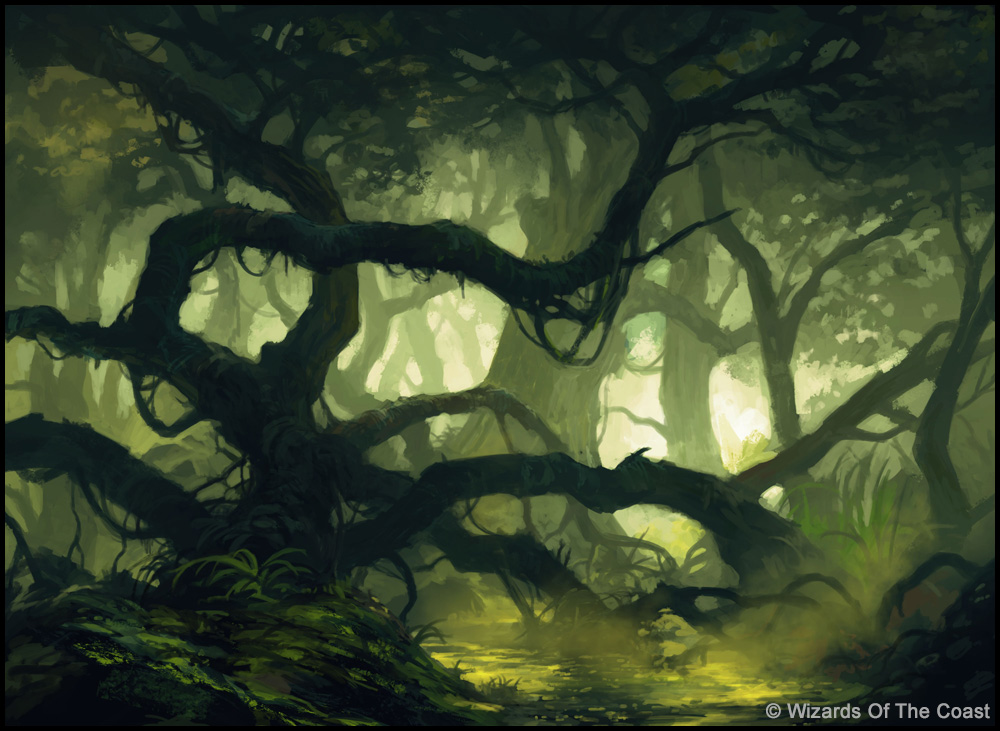Hathaway. (![[personal profile]](https://www.dreamwidth.org/img/silk/identity/user.png) futurologists) wrote2016-06-23 09:12 pm
futurologists) wrote2016-06-23 09:12 pm
MISSION: ZETA-12
MISSION: ZETA-12 All characters, old or new, will receive a form of this dossier to their devices today. Thus, consider all information hereon as ICly available to all characters. Arrival is set for July 1st. ZETA-12 BRIEFING
Unlike previous missions, the team will be exploring a large expanse of land rather than staying in a centralized location. Though they will be dropped in the icy tundra of Zeta-12 to retrieve the squidges, they will be making a trip to the other side of the planet. As squidges are deathly afraid of flying, teleporting, or moving at any speed that is unnatural, they will scream nonstop if one attempts to move them in any other way than an on-foot journey. Some squidges may warm up to other modes of travel, but don't count on it. The focus of this mission will be exploration and animal caretaking. Each team member will be assigned a squidge to take care of from infancy to maturation as they travel across the world to the Wellspring. It's not as easy as it seems — actions taken can and will affect your squidge as it grows up, and not all squidges will successfully reach maturation. The success of this mission depends on caretaking abilities. Squidges will quickly imprint on their caregiver, and for that reason, they will need to spend a significant amount of time with that person. Don't hire a "squidgesitter" too often, and be careful not to scar your squidge for life.     Recruits' basic needs of food, hygiene, and shelter will be provided for. Instead of money, they will have generic supplies. While the team members will receive basic rations, it is only enough to feed one person, with nothing extra to spare. You'll have to scavenge for food the squidges can eat on Zeta-12.  Infant squidges sleep for about 15 hours a day. Like human babies, their sleep is rather irregular. As they grow older, they need about the same amount of sleep as an adult human. However, they are crepuscular rather than diurnal, so they're most active at dusk and dawn. They require about 4 small meals a day, and seem able to digest everything a human can. They are docile, if a little nervous. Most new experiences will give them at least a small amount of anxiety, and any stressful situations will have them screaming or crying if they aren't comforted. They rely heavily on their caretakers and get separation anxiety if they're away from them for too long. They're also able to form close bonds with fellow squidges, and will become distressed if they don't see their friend frequently. Although it's rarer -- most squidges are either indifferent or feel positively towards others -- squidges can also dislike each other if their temperaments are too different. For the most part, think of them like a dog or a cat -- they're fairly friendly animals, but they have their own personalities, likes, and dislikes. Each squidge is different, and how they're treated impacts their personalities greatly. Congrats on becoming a parent! It's a big responsibility, but ALASTAIR believes in you. |


crawls in like the desert child i am
APPEARANCE: A bush with thin, whip-like branches sparsely covered in pine needles, capped with little fruit that look like purple spiny sea urchins.
ENVIRONMENT: Desert
HAZARD-LEVEL: High.
PROPERTIES: Sea urchin fruits at the end are designed like jumping cholla; they detach easily from the stems and stick like burs into your clothes, ankles, packs. If they manage to penetrate flesh, they leak a pheromone designed to make you very sleepy (this keeps animals from trying to eat the fruit inside of the cluster of spines, which although small and nigh impossible to get to, is highly edible and delicious).
RARITY: Uncommon. Grow sparsely amidst crabgrass and other (highly flammable but harmless) scrub brush, often overlooked and assumed harmless because of its neighboring plants and its pretty "flowers."
NAME OF FLORA: Beachwood
APPEARANCE: Gnarled, curvy, gray, stick-like stems that stick straight up from the ground in a burst pattern, like aloe vera and ocotillo had lovechildren. Yes, they have thorns, and they're sharp at the end too. :(
ENVIRONMENT: Desert
HAZARD-LEVEL: Low
PROPERTIES: Aside from the thorns, which are large as rose thorns and pretty easy to see and intermittent enough to avoid, these plants are not only harmless, but helpful! They are floral camels, storing water inside their fibrous shafts. Look past its dry appearance to crack one open, and you'll be able to suck at the fluid it has stored for hours.
RARITY: Uncommon.